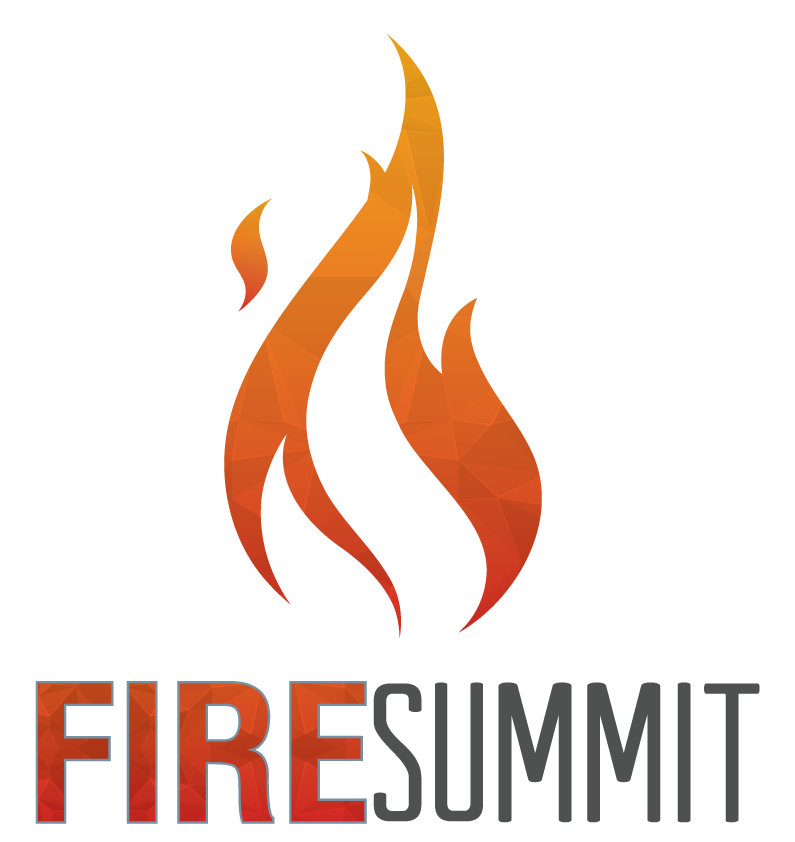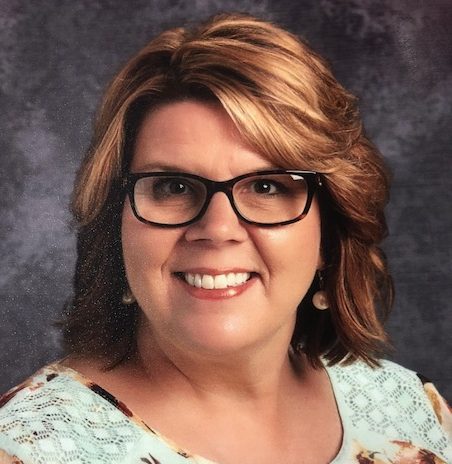Ballroom C – Segment C
Presenter 1: Louisa East Elementary ACT Team
Continuous Classroom Improvement
Presenter 2: Kelsey Tackett & Lisa Tackett
Girls Who Code Club
Through this initiative we will introduce a Girls Who Code club. Girls will have an opportunity to engage with STEM activities and coding resources to build knowledge, communication and problem-solving skills. By providing this opportunity to girls and specifically those in the special education population we can continue to support them as they transition to high school and to future careers. The club would convene in early September and students will work alongside their Science, STEM and Special Education teachers to work on gaining mastery of coding knowledge. The girls will have monthly challenges-for example, October will be dedicated to building the KANO Computer kit during our sessions and then being asked to code it. Opportunities to code and work in a group setting with technology will allow students agency over their products and the opportunity to work together outside of their traditional classes. These skill sets will be necessary as students work toward transitioning to high school and all career opportunities.
Presenter 3: Jessica Crittendon
Breaking Barriers in Middle School Mathematics
Hello everyone! I’m here to tell you about my learning innovation grant. I’m a 7th grade math teacher at Louisa Middle School in Lawrence County, Kentucky. The first eight years of my career, I taught band to grades 6-12, and I’m now entering my 4th year as a math educator. As I switched from an elective class to a required regular education class, the biggest challenge that I faced was to motivate students who didn’t choose to take my class. Motivating 12-year-olds has proven to be quite the challenge, but last year, I stumbled upon a website called breakout.edu that offers content-related breakout games and supplies. I had participated in several breakout or escape games in different cities and I love them, but I’d never really thought about doing one in a classroom setting. After borrowing a kit from a colleague, we had our first game in class reviewing and applying content from the first two units of instruction. It was a huge success and my students begged for more! Our second game was a halloween theme, where I dressed as the grim reaper and didn’t speak the entire class as students dug in pumpkins and raced to solve content-related riddles and puzzles. We did two more: a santa’s workshop theme, and an Egyptian theme. My students looked forward to the games. We saw huge growth in our MAP scores with a 68% novice reduction from fall to spring and a 53% increase in proficient/distinguished students. While I’m certainly celebrating these gains, I still had very poor participation in homework/classwork assignments, which I’m certain would have promoted even stronger student achievement. When I was presented with the opportunity to apply for a grant for my classroom, I was SO excited to try to more intentionally relate escape games to instructional outcomes. My plan for this grant is to use the money to buy some kits from breakout.edu (that can be used by anyone else in my district that wants to try this with their students) and to use the rest of the money to buy some very “cool” theming and novelty items to make the games even more fun and engaging for students. I’m going to tie this into instructional outcomes by making the first game for everyone, and making it as fun as my creativity will allow. In order to qualify to participate in subsequent games, students must have turned in ALL work and have at least an 80% in classwork/homework grades to participate. I plan to handout a printout with their missing work about a week before the game and allow them time to get things turned in. If they’re still missing work, instead of a fun activity, they will be completing missing work to turn in while everyone else participates in the escape game. I’m optimistic that this will be a great motivator for students.
Presenter 4: Wrendi McDavid
Way to Go, H2O!
Studies have shown that even slight dehydration can lead to fatigue in adolescent children. As a classroom teacher, I have noticed that my pre-teen and teenage students are often tired. Fatigue can slow their cognitive function, making learning a daunting task while they are slightly dehydrated. I would like to have a water fountain that includes a bottle refilling station installed in the middle school hallway. I will know that this has been a successful study if students see a difference in their own health and cognitive performance once they get into the routine of staying hydrated.
Presenter 5: Charles David Sparks
Sparking Creativity through Robotics
This project focuses on getting a measure of student creativity through the use of Sphero RvR robots and the advanced Sparkfun kit.
Presenter 6: Sherri Woods
Digital Portfolio Station
A digital portfolio is a computer-based collection of student performance over time. Portfolios make classroom learning more accessible to parents, administrators, and other district support staff because they provide a window into student learning. A digital portfolio or online portfolio is a collection of electronic evidence assembled and managed by a user (the student) and submitted to the evaluator (the teacher). This evidence may include input text, electronic files, images, multimedia, blog entries, and hyperlinks. A digital portfolio is also a collection of artifacts of learning that demonstrates growth, acquisition of skills or knowledge, and student creativity over time. As a teacher, I was thrilled to discover the pride and joy my students feel as they reflect on their learning experiences. I realized that a digital portfolio could be more than simply a collection of things—it could also be a vehicle for reflection and an opportunity for creating a sense of pride in students. Students add to their portfolios (using Google Suite for Education) by creating new artifacts or adding previously created pieces demonstrating various stages of writing/learning and learning across disciplines. With the funds from this grant, a digital portfolio station will be set up in my classroom which will include an upright Book/Document scanner that can automatically convert the documents/images into word/excel/pdf, a photo printer/scanner, and up to five student Chromebooks. The students will be able to independently create artifacts, choose among artifacts to include, and use the digital equipment to compile their own portfolios.
Presenter 7: Sarah Ashley Sellers & Tamanna Sajnani
KVEC Student Senate









